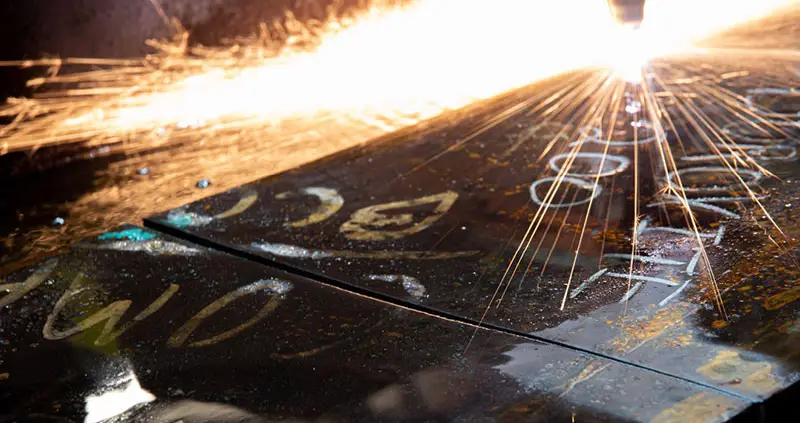
Five Common Mistakes in Stainless Steel Bending and Forming
Stainless steel is a strong and resilient material, but it behaves differently than mild steel. It hardens quickly during the bending process. This means it becomes stronger and less flexible as it is shaped.
Understanding this basic trait is the first step to avoiding problems in any stainless steel fabrication UAE project and achieving a good, clean result.
Using the Wrong Tools:
A common error is using tools designed for softer metals. Stainless steel’s hardness can damage these tools and lead to poor bends. Dedicated tooling made for stainless is a must. Using the correct dies and punches prevents surface marks and galling, which is when the material tears or sticks to the tool during the forming process.
Ignoring the Grain Direction:
Stainless steel sheet has a grain direction from its manufacturing. Bending across the grain, instead of parallel with it, can cause cracking. Always check the mill’s markings on the sheet. Aligning your bend line with the grain allows the material to stretch more easily, resulting in a smoother bend without surface fractures or weaknesses.
Incorrect Bend Radius:
Trying to bend too tight a corner is a frequent problem. Each thickness and grade of stainless has a minimum bend radius. Bending tighter than this limit will likely cause cracking on the outside of the bend. Following a bend radius chart helps you stay within the material’s limits and prevents this type of failure.
Overlooking Springback:
Stainless steel has a strong springback effect. This means it will try to return to its original flat shape after bending. If you do not account for this, your final bend angle will be too open. You must over-bend the material slightly to compensate. Experienced fabricators know how much to adjust for a perfect angle.
Poor Handling and Cleanliness:
Stainless steel is chosen for its clean look and corrosion resistance. However, iron particles from other tools can contaminate its surface. These particles can rust, staining the stainless. Using clean, dedicated work areas and tools helps protect the surface. This preserves the material’s natural finish and its ability to resist rust.
Avoiding these common mistakes leads to better quality work. Using the right tools and techniques protects the material. Understanding springback and grain direction prevents flaws. A careful approach results in strong, good-looking, and durable products that meet your expectations and stand the test of time in any application.